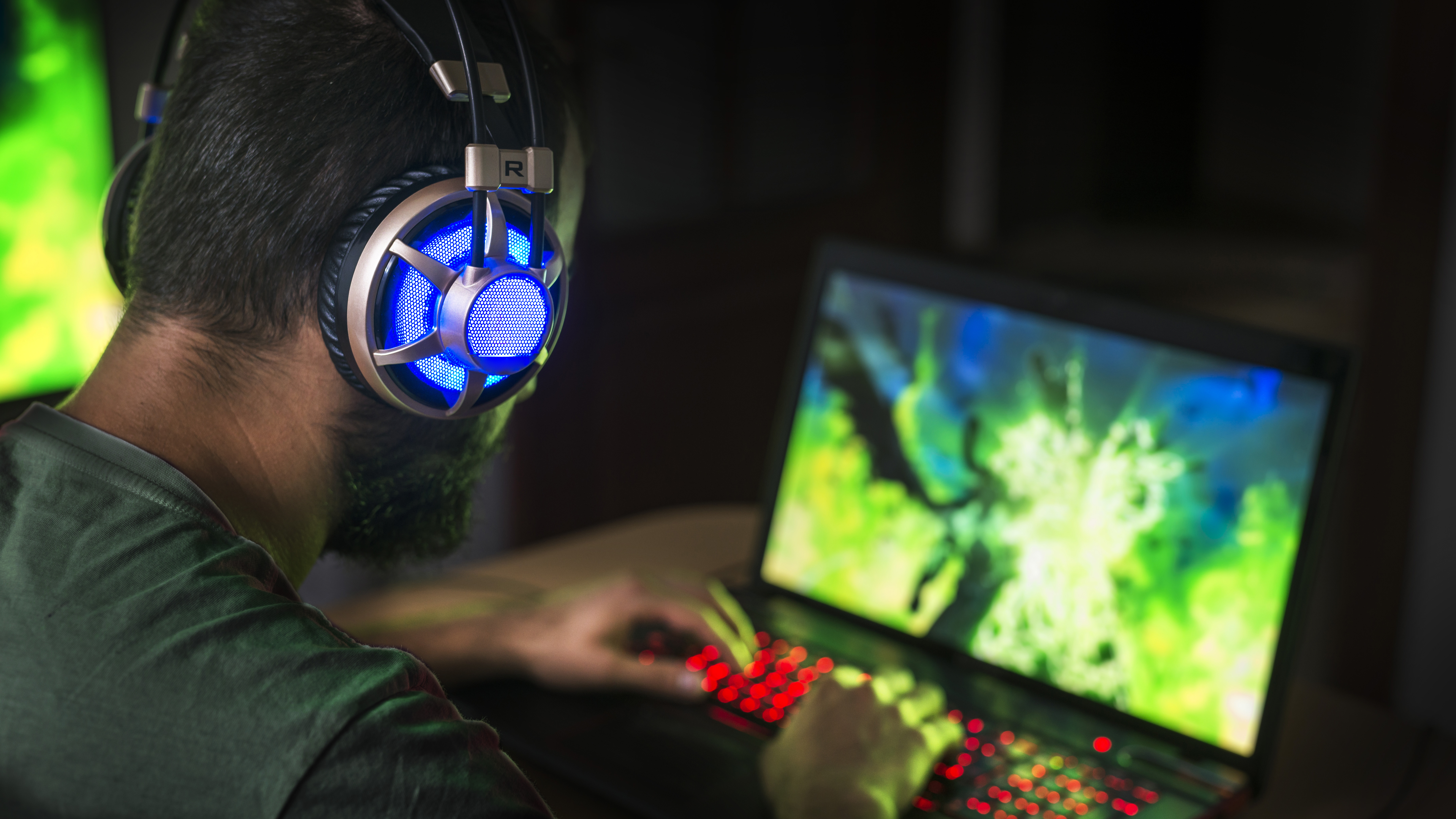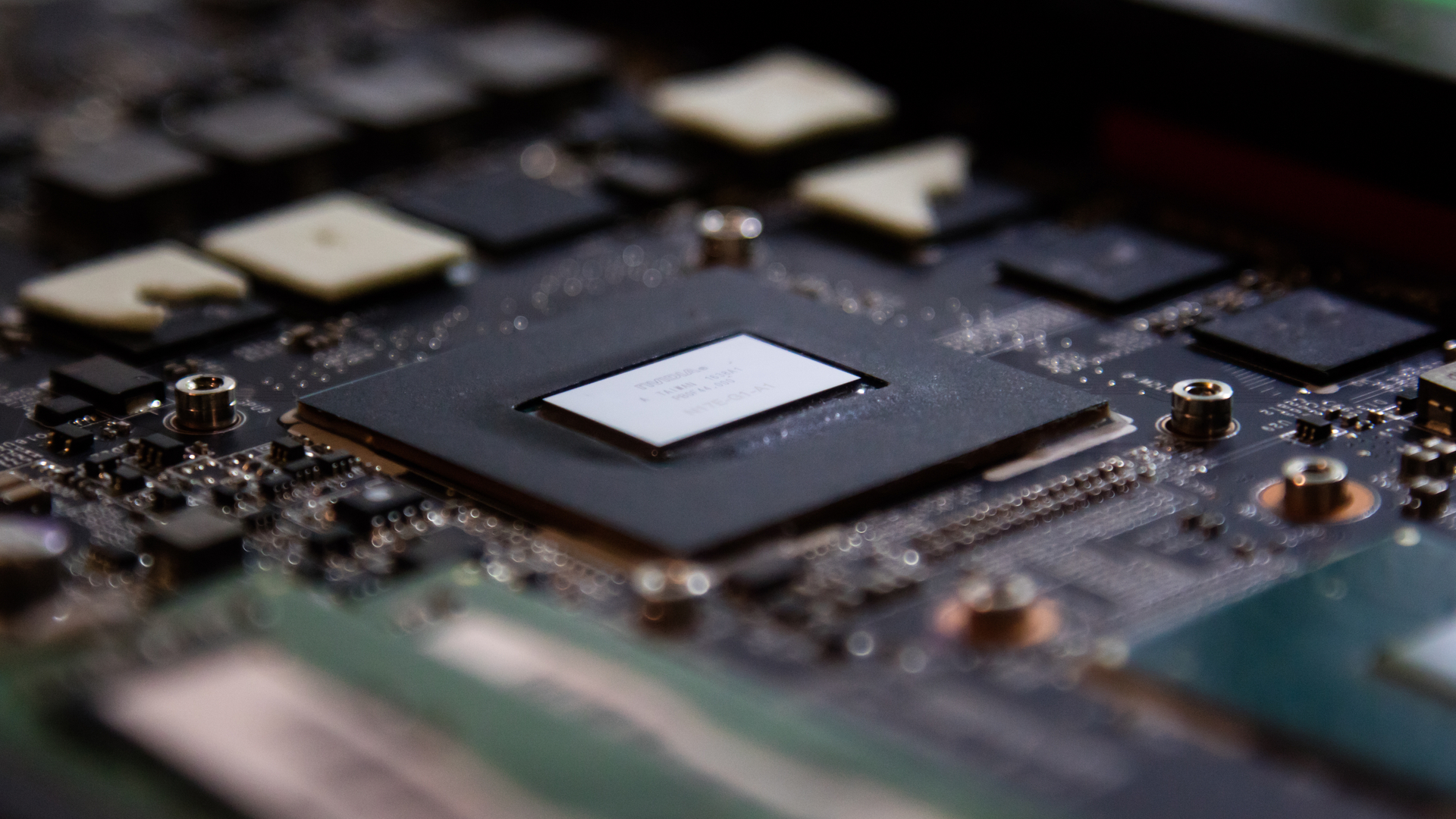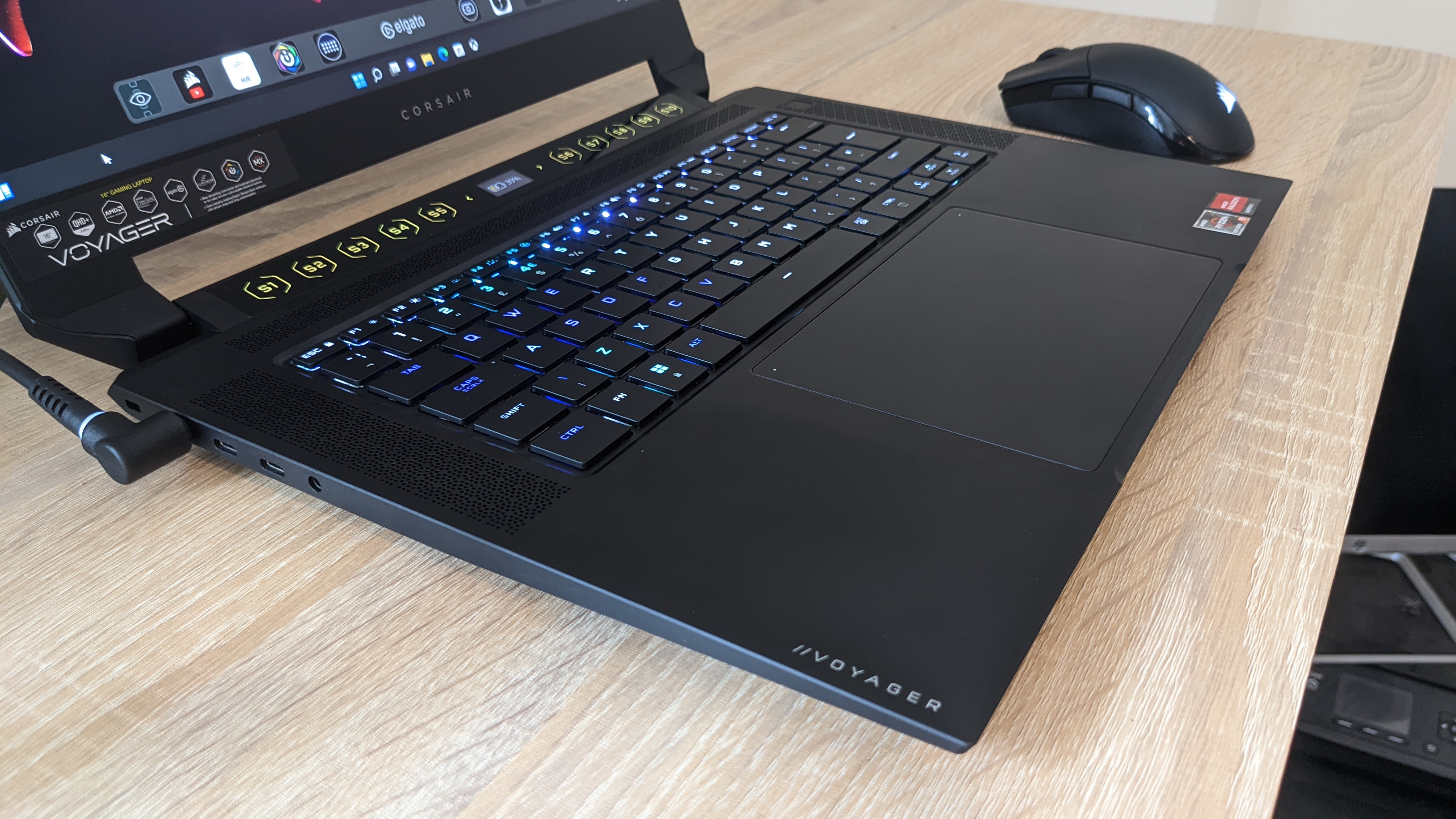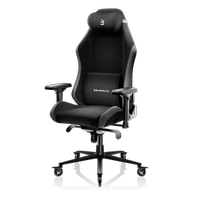How to set up your new gaming laptop for peak performance
Gaming laptops are great, but you still need to treat them right

A Black Friday gaming laptop deal has caught your eye, and now you're wondering how to get the best performance out of it. Don't worry, all you have to do is take it out of the box, and I'll walk you through the setup. Because I can almost guarantee your new gaming laptop won't be set up for best performance straight off the factory line.
If you have one of the best gaming laptops, you'll want to take advantage of those fancy components by ensuring it's appropriately configured. I mean, why waste what a powerful gaming machine has to offer? Once you make the following tweaks, you’ll notice a huge difference in gaming performance versus just using the laptop straight out of the box.
This guide works best for those with brand new Windows 11-based gaming laptops – ideally paired with the best gaming keyboard and best gaming mice – to maximize its performance. Though these tips will work just as well for those looking to fine-tune an older gaming laptop, too.
Update your graphics drivers

Once you boot up your new gaming laptop, you're gonna want to update everything. That means both Windows and your laptop's graphics drivers. Leaving your machine on an older OS version will not only impact gaming, but also general performance. And having the right graphics drivers properly installed and updated will ensure that you get the most out of your GPU.
If you have an Nvidia GPU, the first thing to do is download the GeForce Experience tool, and then update to the latest gaming drivers from there. Or you can go to Nvidia's official website and download the drivers from there directly. There’s also the Windows Device Manager method, which involves you pressing the Windows + X keys, clicking on Device Manager or hitting the M key, selecting Display adapters from the menu, then right-clicking on your GPU and clicking Update driver.
If you have an AMD GPU, the easiest option is to go to the AMD Drivers + Download Center, download, and then run the Radeon software. It'll automatically detect and download drivers if you need them. You can also manually do this by using the AMD Product Selector to determine your GPU, and then download the correct drivers.
You'll also want to pop into the Windows settings menu, go to Windows Update and click Check for updates, because who knows how long your new machine has been sitting in a box on a shelf.
Get daily insight, inspiration and deals in your inbox
Sign up for breaking news, reviews, opinion, top tech deals, and more.
Blacklyte Athena X Gaming Chair: Picking the right chair for your ultimate gaming setup is vital. You'll find the Athena X Gaming Chair all over high-level esports competitions. Its memory foam provides a customized cushion for your whole body while breathable and durable Delrin material ensures long lasting comfort. Equipped with lockable wheels for stability and mobility, this chair adapts seamlessly to your needs. With a stylish look, it'll fit into your home office just as easily as your gaming room.
Set everything to performance mode
Once your OS and graphics drivers are up to date, the next step is to go to the Setting and Control panel menus and start optimizing your machine’s performance. You'll want to switch over to Performance mode, so your new gaming laptop prioritizes gaming over anything else, and make a few other tweaks to keep it powering through. These may seem like inconsequential changes, but they can make a huge difference to your gaming sessions.
First, hit the Windows menu and go to Settings. Go to System, and then Power. Change the Power mode to Best performance. As an extra tip, go back to System > Display > Advanced display, and make sure that the refresh rate is set as highest as possible. This is especially important for fast-paced games like first-person shooters.
The next step is to go to the Control Panel > Hardware and Sound > Power Options > Change Plan Settings > Change advanced power settings. From there, go to Hard disk, and under the Turn off hard disk after option, for Plugged in choose Never.
Then, under Display choose Never under Turn off Display after > Plugged in. Finally, under Sleep, change the Sleep after option to Never for Plugged in.
Setting up your laptop like this will make the fans work overtime, so check your system temperatures regularly. The best way to alleviate high temperatures and prevent thermal throttling is to give your system a full break if it's getting too hot. Investing in the best laptop cooling pad can help, or you can just prop up your gaming laptop using a book.
Keep the laptop plugged in

After all this, you may wonder why we specified ‘plugged in’ for these battery and display options above. The main reason is that if you have a gaming laptop, it might be tempting to take advantage of its portability and try to game using only its battery power. But you'd be wrong to think gaming laptops are meant to be used unplugged.
Unlike a bulky gaming PC that’s stuck on a single desk at all times, you can take your laptop anywhere then set it up once you arrive at your destination. But when you are actually gaming it's best to keep your laptop plugged in.
Most gaming laptops have awful battery lives. One to two hour gaming sessions, maximum, is all you're likely to get out of it, especially if you're opting for best performance. Unplugging often means you'll lose a lot of that performance, thanks to automatic settings, when your laptop is forced to expend resources to stay alive. That's even true if you've followed the above steps, because sooner or later it will throttle itself.
That's it! Some simple but effective tips to optimize your gaming laptops. All you need to do now is decide which of the best PC games to test out your machine's newfound dimension of power with.

Named by the CTA as a CES 2023 Media Trailblazer, Allisa is a Computing Staff Writer who covers breaking news and rumors in the computing industry, as well as reviews, hands-on previews, featured articles, and the latest deals and trends. In her spare time you can find her chatting it up on her two podcasts, Megaten Marathon and Combo Chain, as well as playing any JRPGs she can get her hands on.
